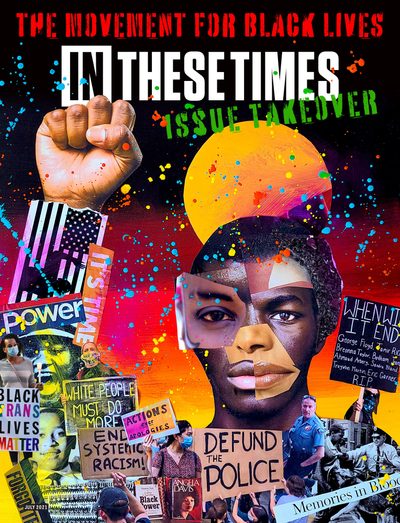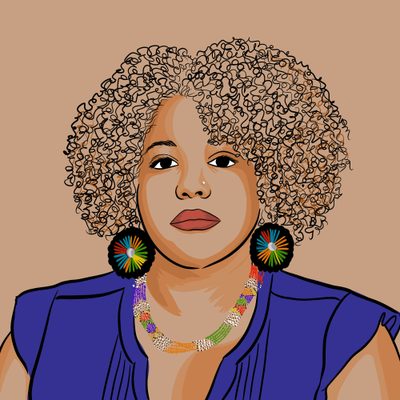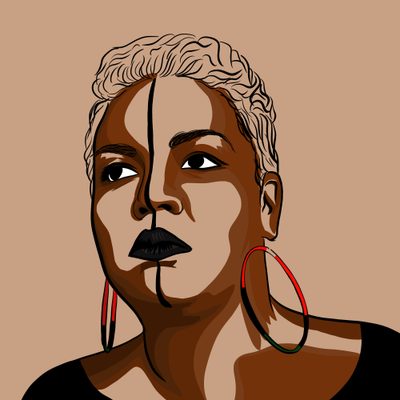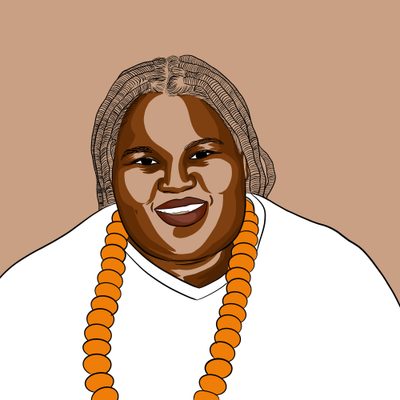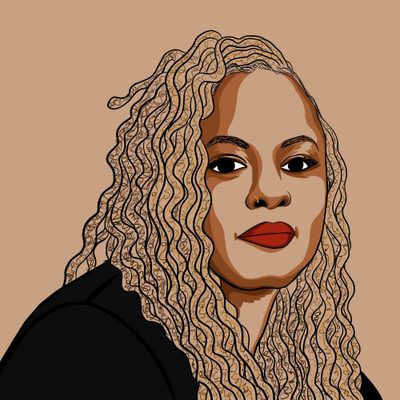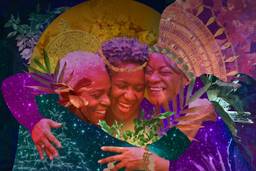Introducing the Movement for Black Lives Issue Takeover
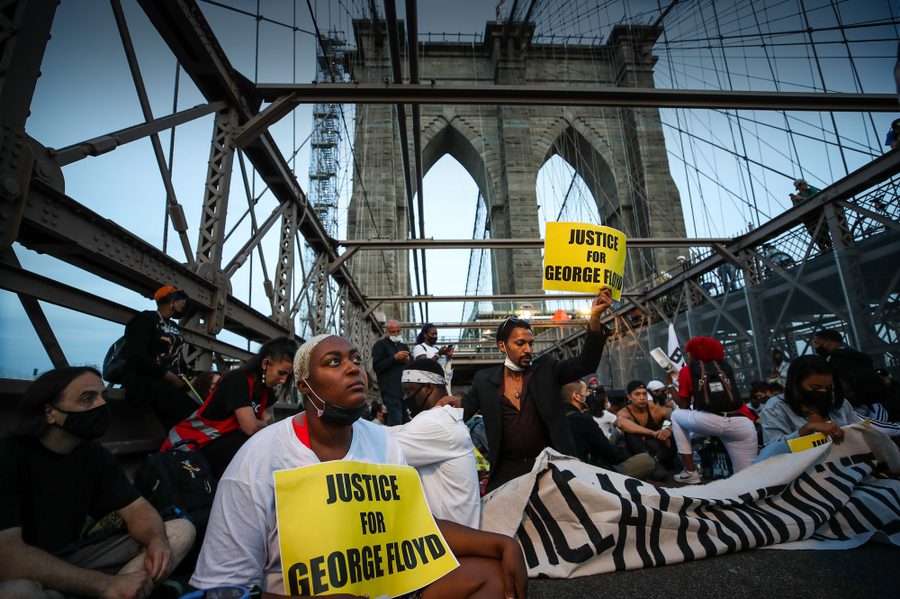
BLM protesters marched on streets and crossed from the Brooklyn Bridge to Manhattan for the one-year anniversary of George Floyd’s death in New York City, United States on May 25, 2021. Tayfun Coskun/Anadolu Agency via Getty Images
Lessons on building collective power.
If we begin with the “just future” we conjure up in our imagination and work our way backward, perhaps we can fight harder, think more clearly, strategize with more savvy and move with greater determination.
That is what Barbara Ransby’s visionary letter from the future invites us to do. When care not competition rules the day, when gardens outnumber guns, when every child receives the love and protection they deserve, we will indeed be able to finally breathe freely.
That time and place is our North Star.
In the almost seven years since the police killing of young Michael Brown in Ferguson, Mo., and the start of an unrelenting protest to get justice for his death, the Movement for Black Lives has been working with humility and determination to map our way to that North Star. We have stumbled, taken some unexpected detours and experienced moments of enormous grief and frustration, but when we look up and look forward, inhaling the strength and wisdom of our ancestors, we have been able to reroute, regroup and get back on the freedom path.
We offer this issue of In These Times, “taken over” by the Movement for Black Lives, with hope that it will help light that path.
May 25 marked the anniversary of the gruesome murder of our brother George Floyd by a Minneapolis cop. The world joined us in outrage as tens of millions took to the streets.
But mobilizations and rebellions alone will simply not get us free, as M Adams’ article, “Beyond Mass Mobilization,” and Miski Noor and Kandace Montgomery’s essay, “One Year Later,” remind us. Miski and Kandace map the myriad ways that even a powerful and sustained mass protest, such as the one unleashed in the wake of George Floyd’s murder, can be undermined and sabotaged. M’s essay emphasizes that truly challenging a well-developed empire “requires a mass organization,” which also requires strategically informed, everyday resistance-building.
The civil rights elder Bob Moses, reflecting the wisdom of his youth, once remarked eloquently on the importance of everyday organizing and how often it is minimized. To paraphrase: Sometimes we see the whitecaps of the waves without appreciating the powerful force that is the ocean. When the cameras turned away in 2020, the constellation of Black-led organizations in the Movement for Black Lives continued their everyday organizing — forging relationships, incubating resistance strategies and campaigns, developing leadership pipelines, seeding radical critiques and amplifying demands for a better life and a more just society.
We know that part of the struggle is to win hearts and minds. We have to create spaces for people in our communities to build, learn, celebrate and see themselves in one another. The Breathing Room in Chicago is one such space. SpiritHouse is another. There are many others helping to build a vision of that new world, one where our folks are thriving, our North Star.
We also need policy interventions that loosen the grip of the state over our lives, heighten the contradictions of racial capitalism and create a container for us to practice governance. The Movement for Black Lives has drafted a large and far-reaching federal bill, the BREATHE Act, to weaken harmful institutions while making resources available for jobs, health, housing and schools. The For the People Act, another Movement for Black Lives-backed bill, would stop the GOP efforts against voting rights. Meanwhile, organizations such as Dream Defenders in Florida are actively working to expose and oppose repressive bills (popping up in dozens of states) that criminalize protest.
With insight, inspiration, courage and battle scars, we pivot toward power. Not ego-driven individual power, but the collective power actively being undermined.
This issue opens and closes with the temporal arc of our struggle, from our history to our future. Historians Robyn Spencer, Premilla Nadasen and Keisha Blain ground us in important chapters from the Black freedom movement. Barbara leaves us with radical imagery of where we might be, should be — could be — if we fight to win.
So drink in this issue, sit with the wisdom, dream with the authors. But then, beloveds, go organize.
The North Star is attainable when we rise together.
Barbara Ransby is a professor at the University of Illinois Chicago, where she directs the Social Justice Initiative and the Portal Project. A feminist and longtime activist, she is author of Ella Baker and the Black Freedom Movement, two other books, and many essays and articles. Her current book project examines the crises of racial capitalism and the response of 21st justice movements.
Chinyere Tutashinda is a Black organizer, educator, trainer and direct action strategist. She is executive director of the Center for Third World Organizing, whose mission is to build and sustain a thriving racial justice movement led by communities of color.
Karissa Lewis is the national field director of the Movement for Black Lives. She has extensive experience in organizing and activist training and has organized around issues ranging from gentrification to environmental racism, gang injunctions and police brutality.
M Adams is a community organizer, co-executive director of Freedom, Inc. and a leadership team member with M4BL. Adams is a dad and sees her family as a primary motivator for her work.
Shanelle Matthews partners with social justice activists, organizations and campaigns to build narrative power. She is the communications director for the Movement for Black Lives, founder of the Radical Communicators Network and co-author of Framing New Worlds: Resistance Narratives from 21st Century Social Movements.
